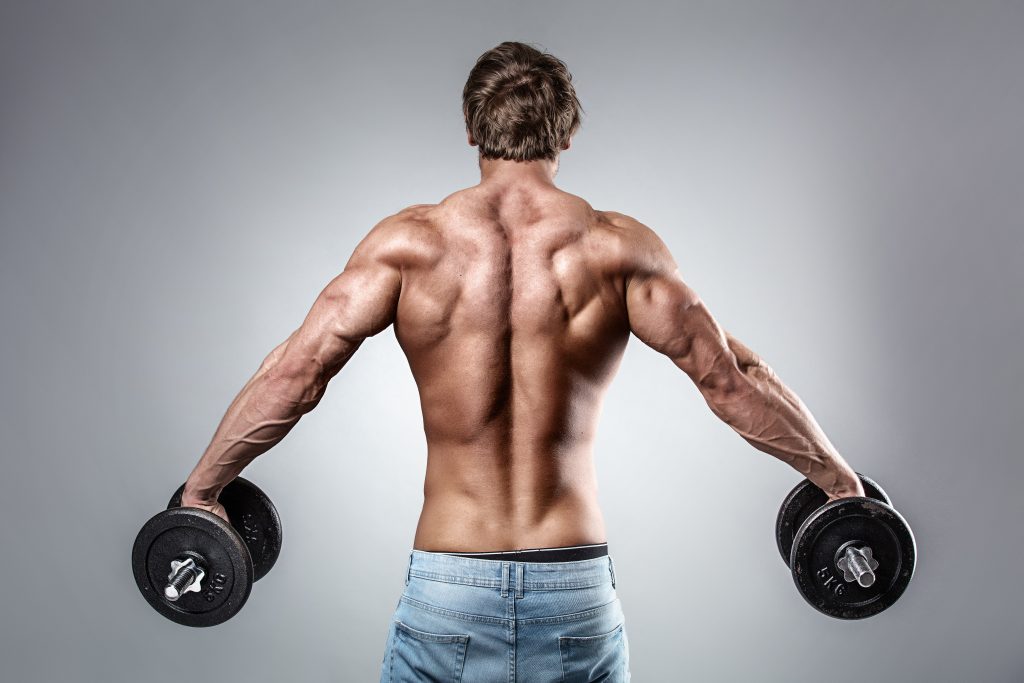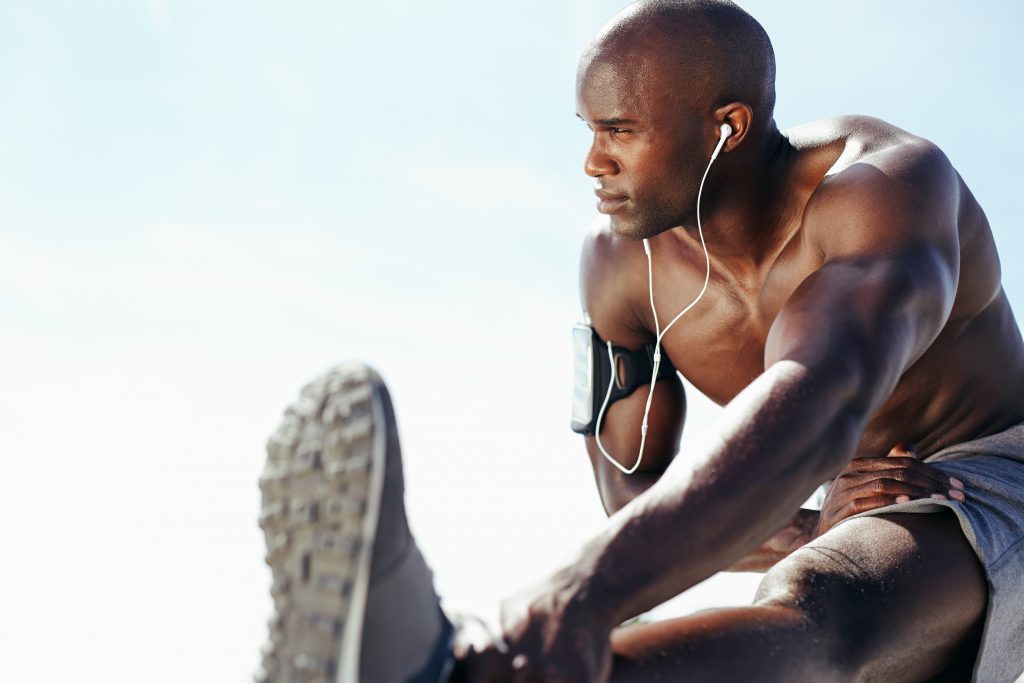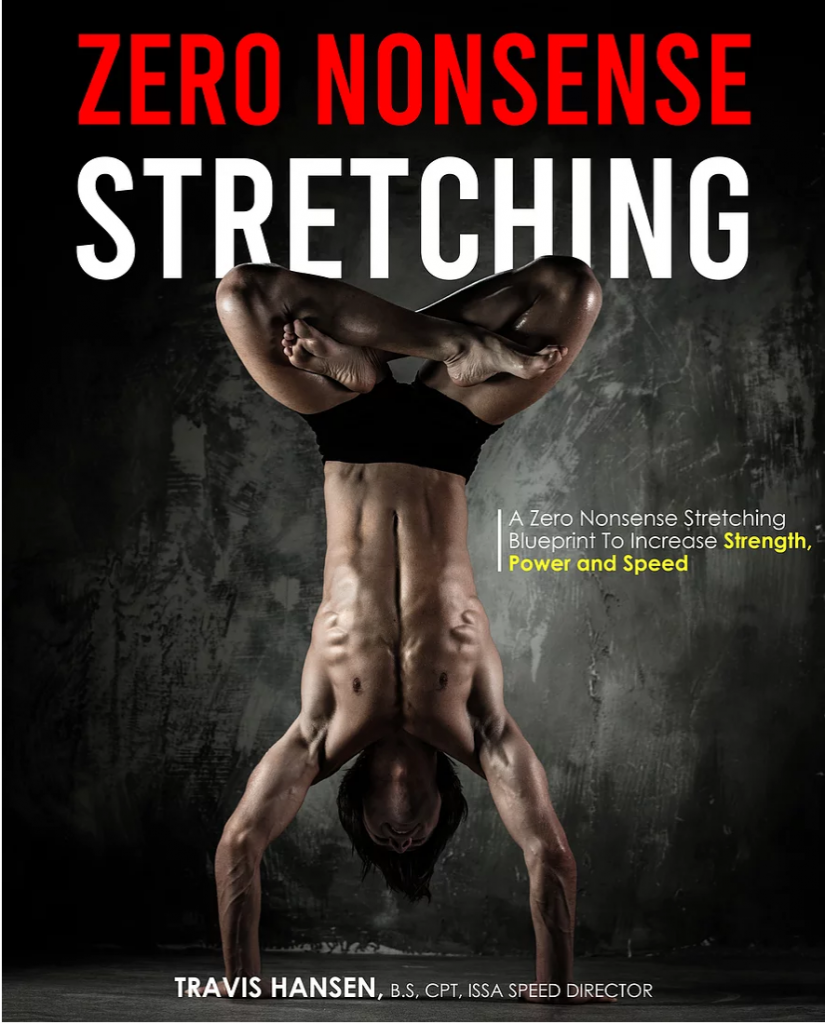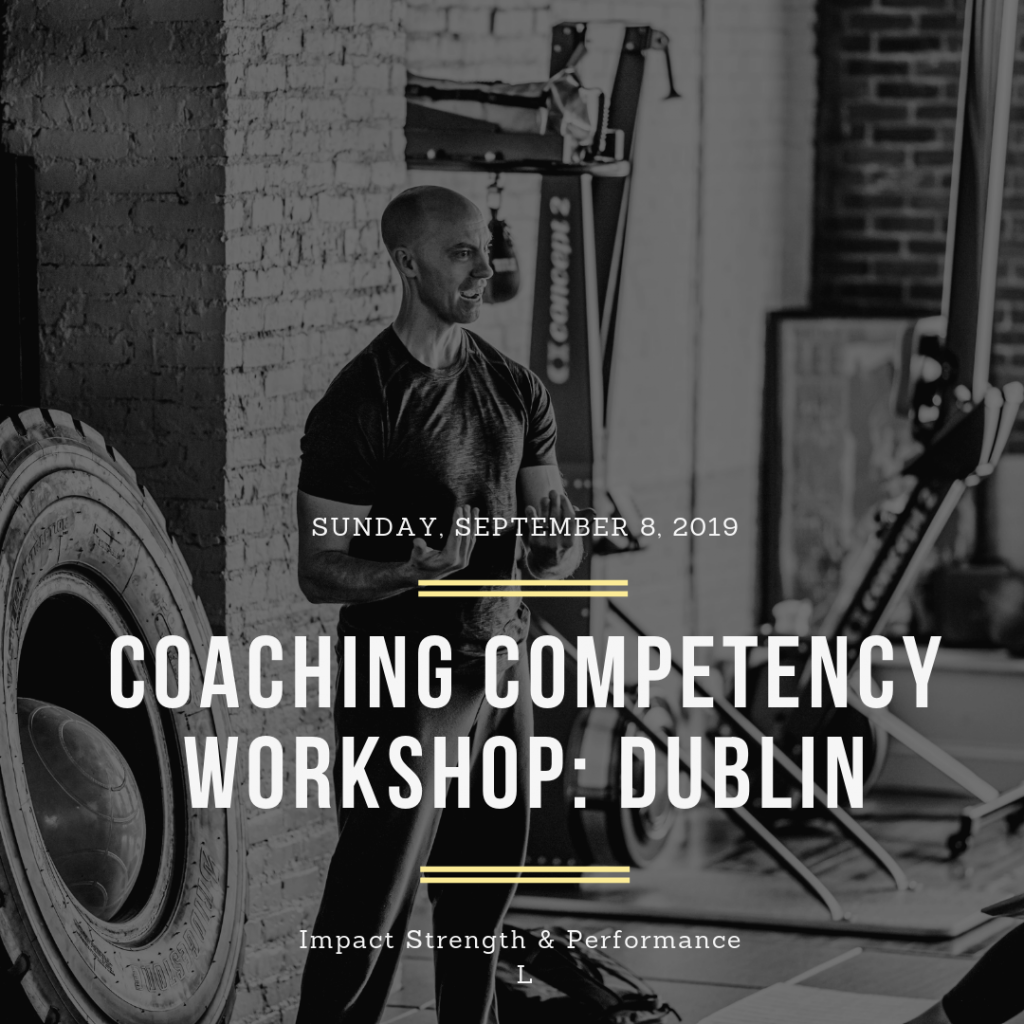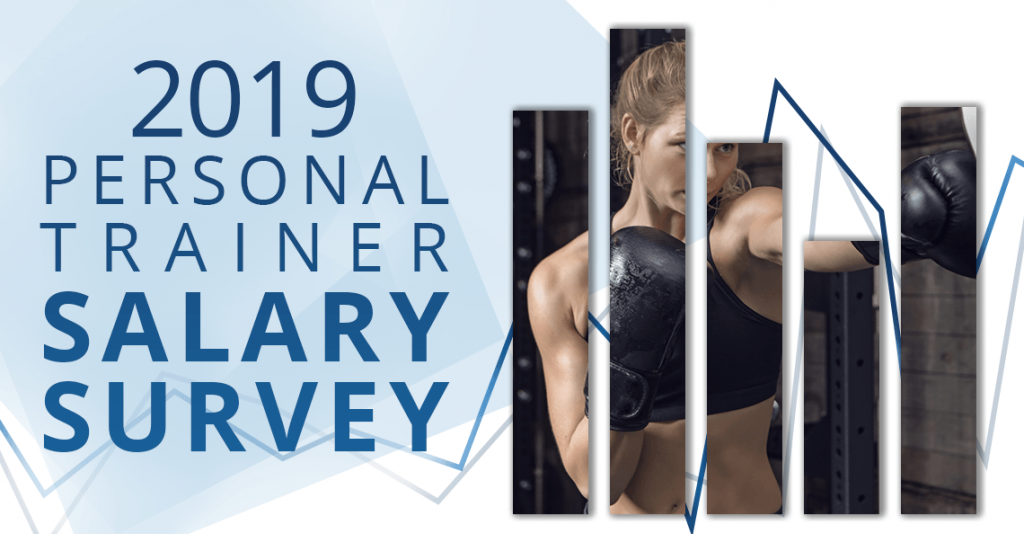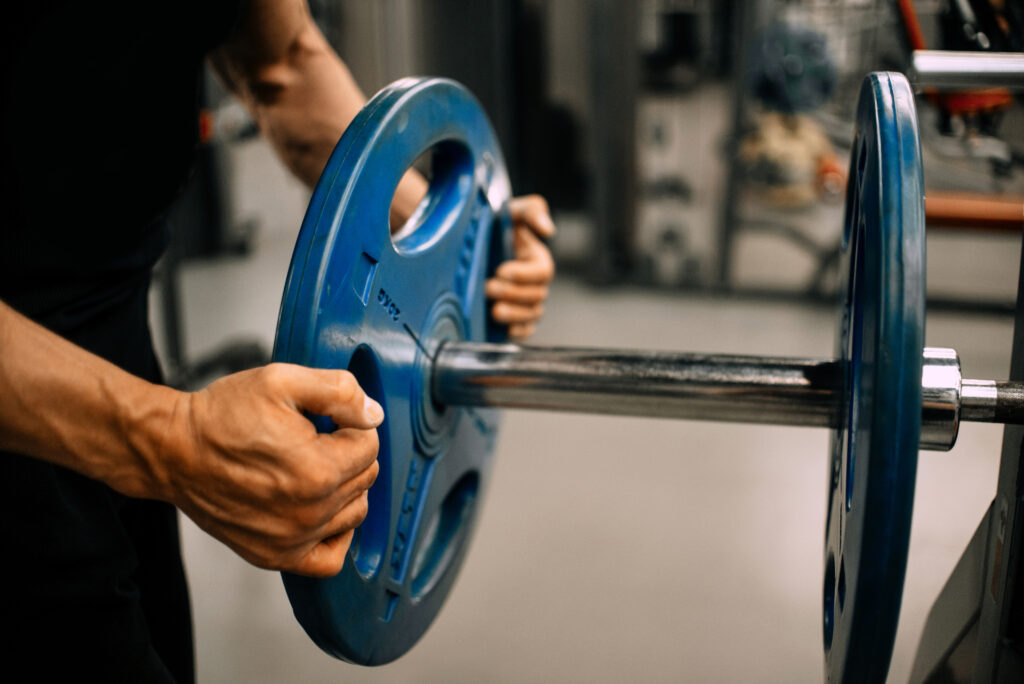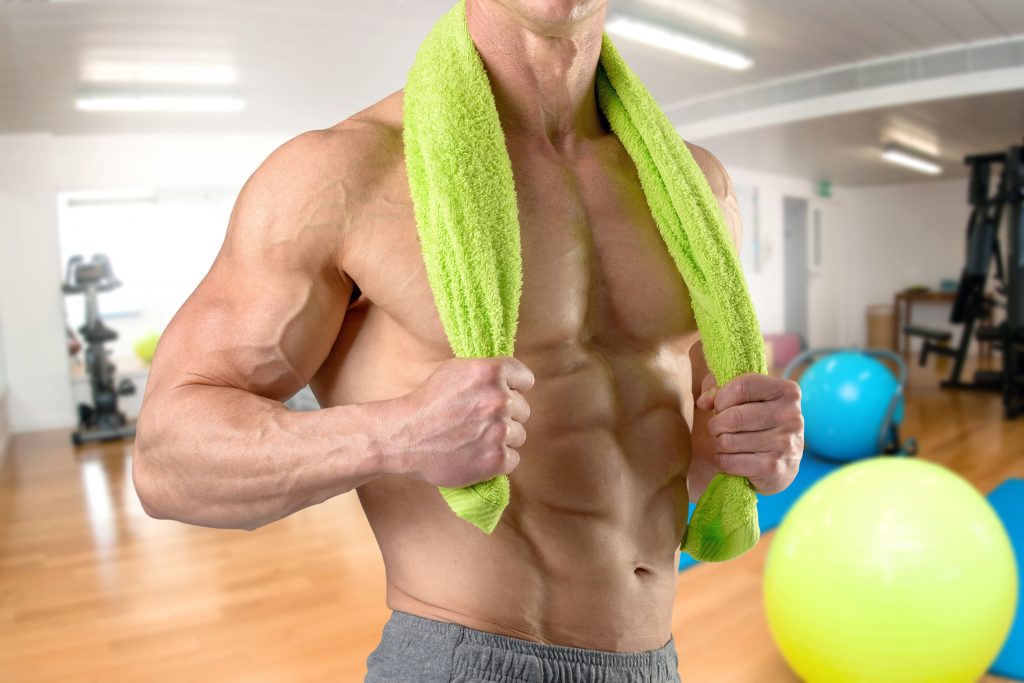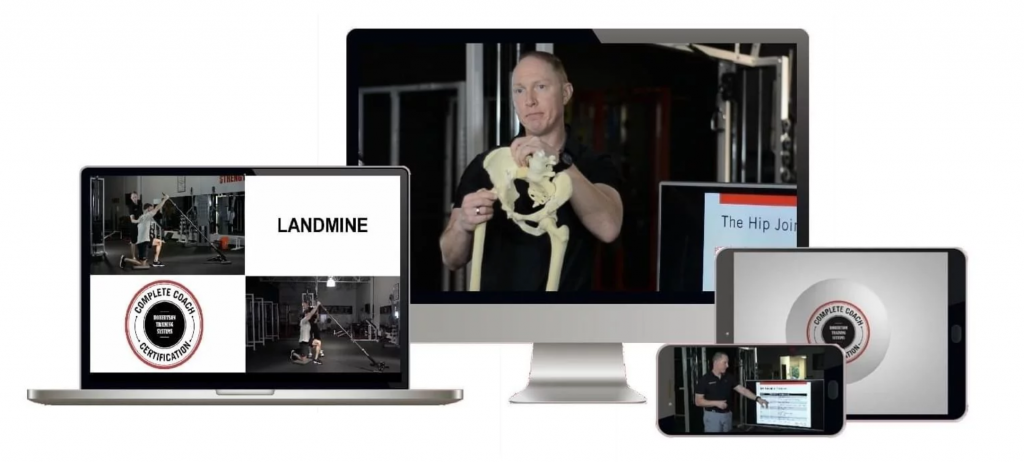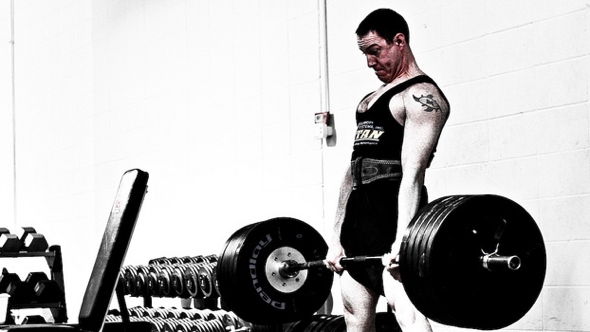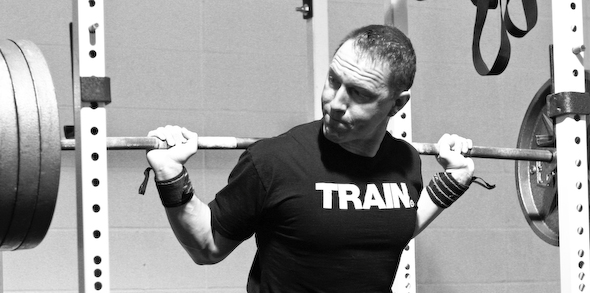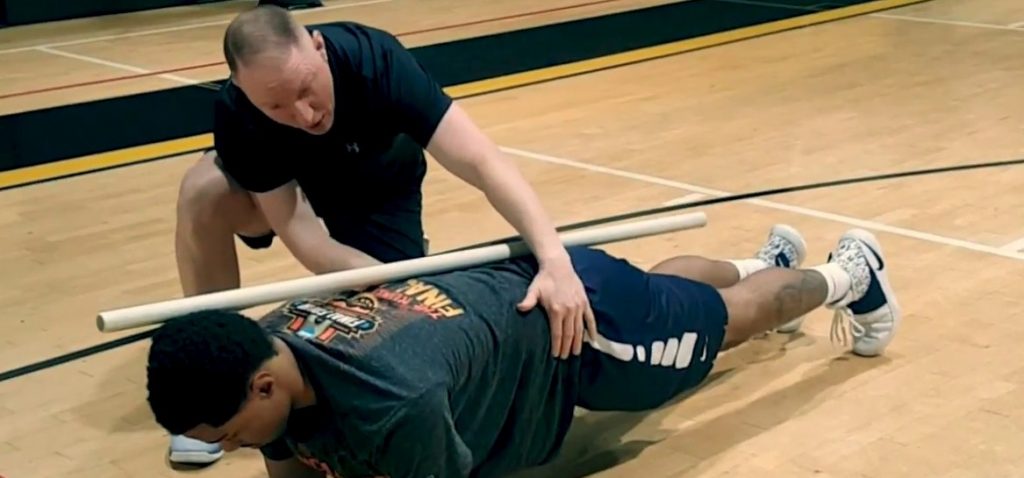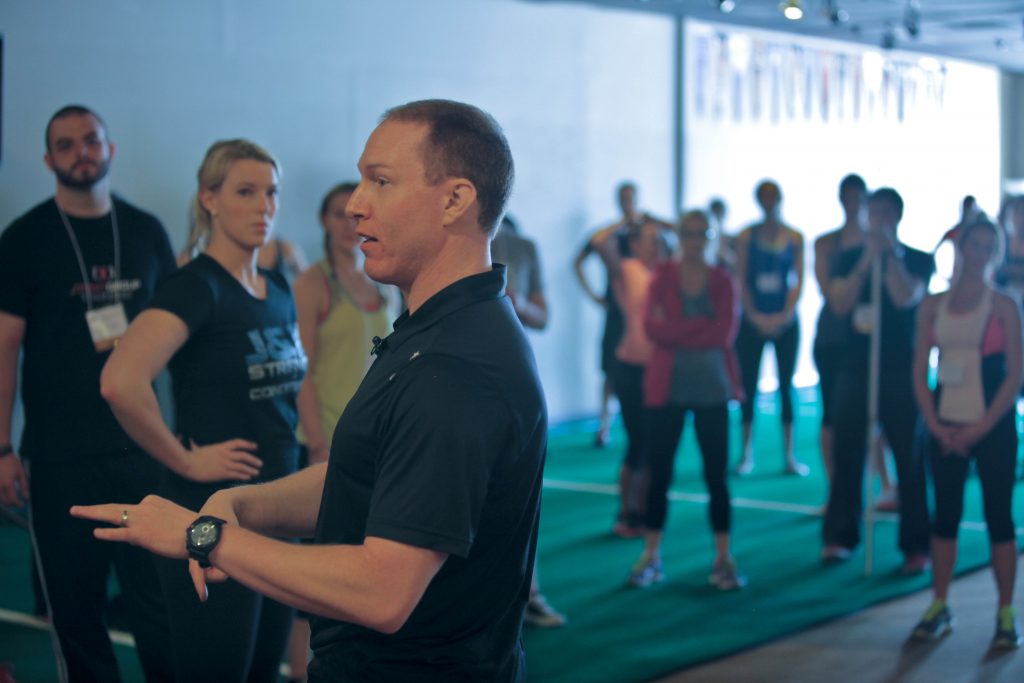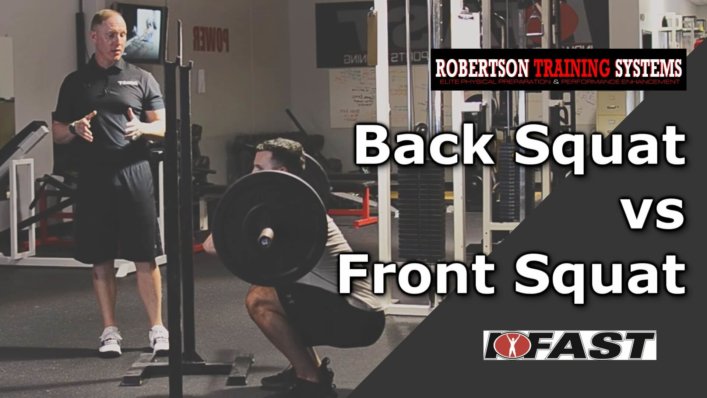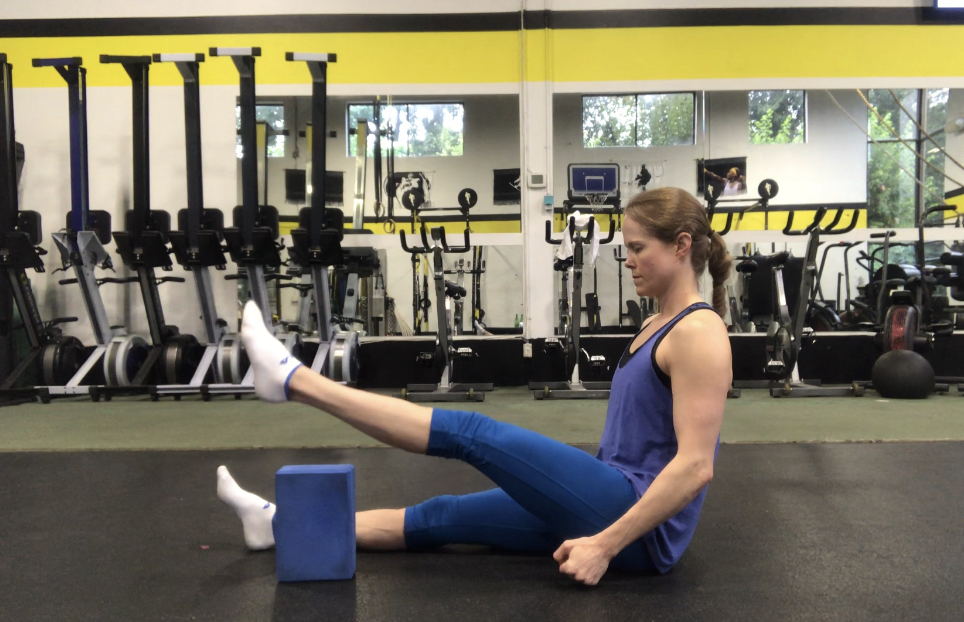This is a Tony Gentilcore & Matthew Ibrahim collaborative post.
Or, as I like to call it: A Gentilhim (or Ibracore?) production.
The Safety Squat Yoke Bar (also referred to as “SSB”) is a popular speciality bar that’s most often affiliated with collegiate strength & conditioning facilities, powerlifting gyms, or gyms that are a bit more “serious.”1
However, the Safety Squat bar has grown in popularity in recent years and it’s popping up in more commercial and boutique style gyms as well.
This is great because Matt and I both feel the Yoke Bar is a valuable piece of equipment, one that should be in every gym, with a variety of training applications.
Read on to see what they are.

Safety Squat Yoke Bar in Your Face, Son
Before I proceed it would make sense to show you a picture of the bar so you know what we’re talking about.
Advantages
1. The SSB is a more “shoulder friendly” way of squatting. Because you grab the bar by the handles which, when the bar is on your back, are located below your shoulders and a smidge in front of the body, it doesn’t require as aggressive of a set-up as a traditional back squat.
Traditional Back Squat (Straight Bar) = Shoulders maximally abducted and external rotated. Many lifters don’t have access to this range of motion and as a result their shoulders are like…
SSB/Yoke Squat = Not the above.
2. The SSB is more of a “hybrid” squat. As Matt notes:
“Since the SSB has a longer bar camber from side to side (as opposed to a traditional barbell) plus a unique loading position for weight plates, it offers the lifter a fine balance between what they would expect from a barbell back squat and from a barbell front squat.“
3. The SSB “fixes” your squat. Mirroring what Matt mentioned above, because of how the bar is designed, you have to fight like hell to stay upright (which, not coincidentally, makes it a great option to strengthen the upper back AND help work on thoracic extension; two things most people need more of).
As you get stronger with the SSB/Yoke Bar it’ll make things infinitely easier to stay upright if or when you revert back to a straight bar.
4. The SSB = 110 Power Boost in World of Warcraft (but only with a +1 Shield and Infinity Cloak).
Nerd.
5. The SSB helps with depth. Because the bar is situated higher up on the back it promotes more of a “squat down” pattern rather that “squat back.”
This, in turn, will often help a lot of people squat deeper (if that’s something they’re interested in).
Here’s an SSB Squat in action.
The SSB Squat exercise is quite common and frequently used.
We wanted to delve a bit deeper to provide several other lower body training exercises you could perform with the SSB that you may not be using already in your overall strength and conditioning program.
1. SSB Hatfield RFE Split Squat (Matt)
Description: This exercise targets lower body strength and power, primarily in the quadriceps, hamstrings and glutes.
The trunk stability challenge here is the real deal as well, since you’re holding on to each side of the squat rack with your hands while the SSB rests on your shoulders. Be sure to press the entire surface of the working foot down through the ground as you power up from the bottom position to the top during each rep.
I’m a monster fan of this exercise due to the strength and power development components.
2. SSB Reverse Lunge (Tony)
Description: This was a staple exercise we utilized when I was coaching at Cressey Sports Performance due to it’s shoulder friendliness in addition to the fact we could be more aggressive with loading compared to dumbbells (grip becomes less of a limiting factor).
As with any single leg exercise there’s also a hefty balance and coordination component as well. I prefer a bit of a forward lean when executing this exercise as it places less stress on the lower back and also allows for more emphasis to be placed on the hips.
3. SSB 1-Leg RDL (Matt)
Description: This exercise targets lower body strength, primarily in the posterior chain muscle group (hamstrings and glutes). As the SSB rests on your shoulders, be sure to hold the handle grips tight with each hand to ensure trunk stability.
It’s important to also mention the relevance of keeping a neutral-ish spine as you descend down into the bottom position due to the orientation of the load on your shoulders. I like this exercise due to the single leg strength and stability demand it poses to the athlete.
4. SSB Front Squat (Tony)
Description: This is a variation I first witnessed my man Jim Smith – of Diesel Strength – recommend a few years. ago. I won’t go into the weeds on the benefits of a front squat
– you can read more HERE – but what I will say is that this variation is a wonderful way to counterpoint any client/athlete who insists that barbell front squats are too uncomfortable for him or her to perform,
I get it.
They suck.
They’re uncomfortable.
I don’t care, do this instead.
5. SSB Good Morning (Matt)
Description: Talking about posterior chain development without mentioning the Good Morning exercise is like eating eggs without the bacon; you just don’t do it.
The Barbell Good Morning has been a staple training tool for years when attempting to develop the glutes and hamstrings of the posterior chain muscle group. The SSB offers a slightly anterior loaded position when compared to the traditional barbell loaded version, which forces you to hinge your hips back even more than usual. I enjoy using this exercise as a way to really “feel” the hamstrings under load.
6. SSB Pin Squat (Tony)
Description: I loooooooooove2 this variation as an accessory movement to the deadlift.
The key is to try to approximate the pin height to one’s hips height so that it “matches” their deadlift setup. In other words: the starting position of the Pin Squat should mirror their deadlift setup.
Factor in the increased demand to maintain an upright torso (t-spine extension) and your entire posterior chain is going to be challenged with this exercise.
⠀

